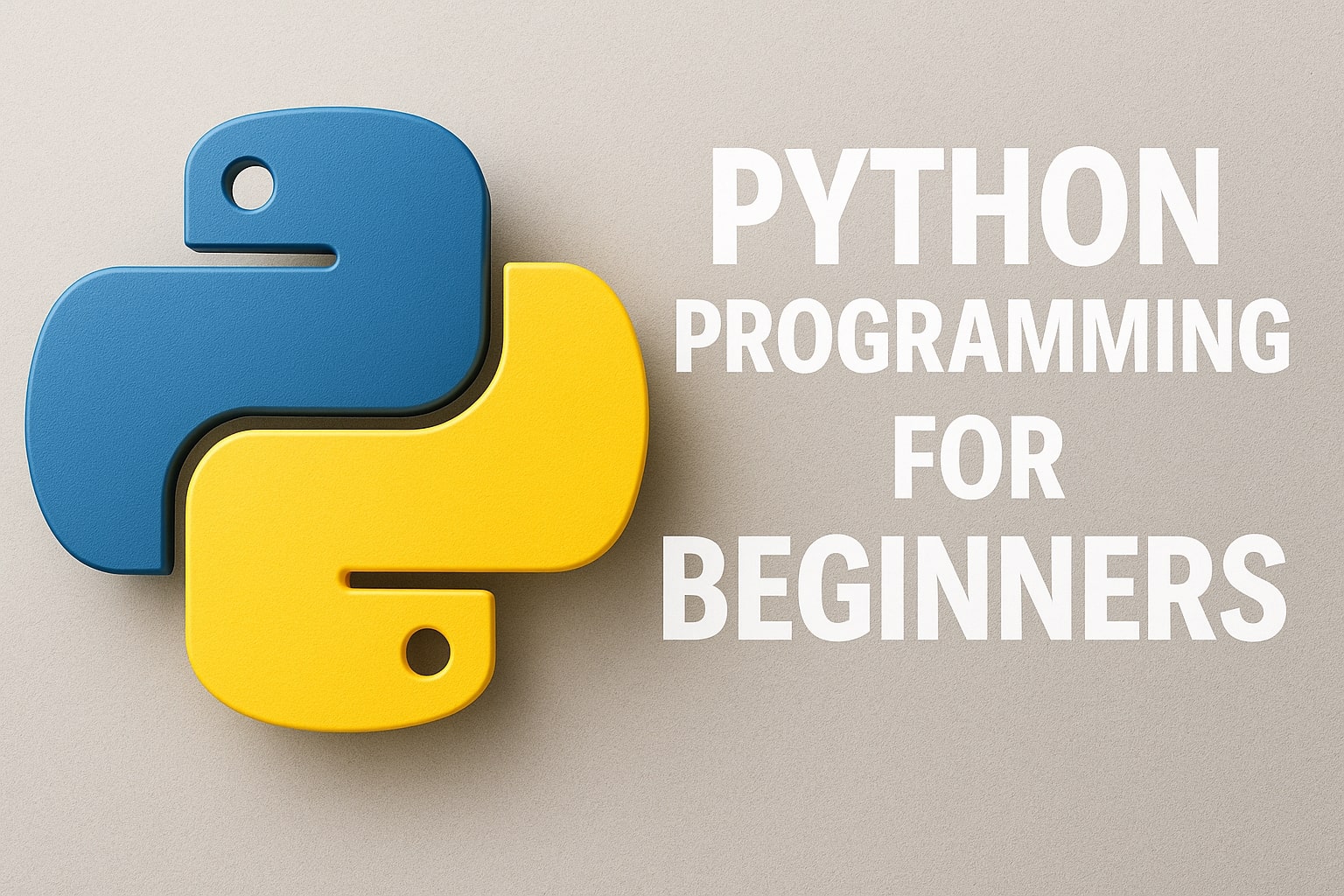Why Should You Learn Python Programming Basics?
Python programming basics are essential because Python consistently ranks as one of the most popular programming languages for good reason. Its clean, readable syntax makes it incredibly beginner-friendly, while its extensive libraries and frameworks make it powerful enough for complex applications. Companies like Google, Netflix, Instagram, and Spotify use Python for everything from web development to machine learning.
Python's versatility means learning python programming basics gives you access to multiple career paths. You can build websites with Django or Flask, analyze data with pandas and NumPy, create machine learning models with TensorFlow, or automate repetitive tasks with simple scripts. The language's popularity also means abundant learning resources, active community support, and excellent job prospects for Python developers.
📺 Featured Video
![Python Full Course for Beginners [2025]](https://i.ytimg.com/vi/K5KVEU3aaeQ/hqdefault.jpg)
Python Full Course for Beginners [2025]
by Programming with Mosh
Step-by-Step Python Learning Path
Prerequisites:
- Computer with internet connection
- Text editor or IDE (VS Code recommended)
- Python 3.8+ installed
- Curiosity and patience!
Step 1: Set Up Your Environment
- Download Python from python.org
- Install Python with "Add to PATH" checked
- Install VS Code or your preferred editor
- Install Python extension for VS Code
- Test installation by running python --version in terminal
Step 2: Learn Python Basics
- Variables and Data Types:
- Strings, integers, floats, booleans
- Practice with print() statements
- Basic Operations:
- Arithmetic operators (+, -, *, /, %)
- Comparison and logical operators
Step 3: Control Flow Structures
- Conditional Statements: if, elif, else
- Loops: for and while loops
- Loop Control: break and continue
Step 4: Data Structures
- Lists: Creating, accessing, modifying
- Dictionaries: Key-value pairs and methods
- Tuples and Sets: Immutability and uniqueness
Step 5: Functions
- Function Basics: def, parameters, return
- Advanced Concepts: Default parameters, scope
- Lambda Functions: Anonymous functions
Step 6: Error Handling
- Exception Handling: try, except, finally blocks
- Debugging Techniques: Reading errors, troubleshooting
Step 7: File Operations
- File I/O: Reading and writing files
- File System: Working with directories
Step 8: Object-Oriented Programming
- Classes and Objects: Definition and instantiation
- OOP Principles: Inheritance, encapsulation
Step 9: Libraries and Modules
- Standard Library: datetime, math, random modules
- Third-party Libraries: requests, pandas, matplotlib
Step 10: Practice Projects
- Beginner Projects: Calculator, to-do list, simple games
- Intermediate Projects: Web scraper, data analysis
- Advanced Projects: Web applications, APIs, machine learning
Learning Timeline:
- Weeks 1-2: Steps 1-3 (30 min daily)
- Weeks 3-4: Steps 4-5 (45 min daily)
- Weeks 5-6: Steps 6-7 (45 min daily)
- Weeks 7-8: Steps 8-9 (1 hour daily)
- Weeks 9-12: Step 10 projects (1-2 hours daily)
Success Tips:
- Code every day, even if just 15 minutes
- Build projects to reinforce learning
- Join Python communities for help
- Practice debugging skills
- Read other people's code
What Are the Essential Python Programming Concepts for Beginners?
Understanding python programming basics starts with mastering fundamental concepts that form the building blocks of all programs. Variables store data, while data types (strings, integers, floats, booleans) define what kind of information you're working with. Control structures like if-statements, loops, and functions allow you to create logic and organize your code effectively.
Python's built-in data structures - lists, dictionaries, tuples, and sets - are crucial for managing collections of data. Learning how to manipulate these structures, combined with understanding concepts like object-oriented programming, modules, and error handling, provides a solid foundation. These concepts appear in every Python program, making them essential knowledge for any aspiring developer.
How Can You Set Up Your Python Development Environment?
Getting started with python programming basics requires setting up a proper development environment. Python can be downloaded free from python.org, and most modern computers can run it easily. For beginners, using an Integrated Development Environment (IDE) like Visual Studio Code, PyCharm, or IDLE (which comes with Python) makes coding much easier with features like syntax highlighting and debugging tools.
Once you have Python installed, practicing with simple projects helps reinforce your learning. Start with basic programs like calculators, to-do lists, or simple games. Online platforms like Codecademy, Python.org's tutorial, and free courses on YouTube provide structured learning paths. The key is consistent practice - even 15-30 minutes daily of coding practice will rapidly improve your skills and confidence with Python programming basics.
📺 Featured Video

Python Full Course for free 🐍 (2024)
by Bro Code
